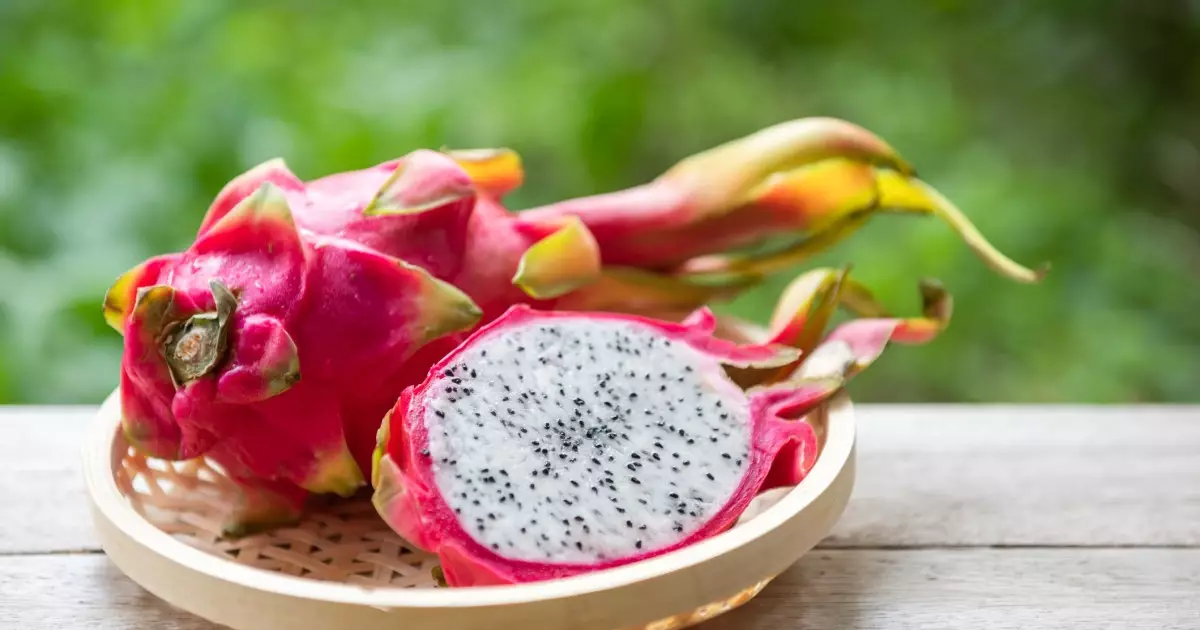Dragon fruit, also known as pitaya, has become increasingly popular across various culinary landscapes due to its vibrant appearance and unique taste. With its vivid pink or yellow skin adorned with green scales, it looks like something out of a fantasy novel. But its good looks aren’t just for show; dragon fruit is also loaded with nutrients. For dog owners and enthusiasts, the pressing question is: Can our canine companions also enjoy this delightful fruit? The straightforward answer is yes, but let’s delve deeper into why and how to safely incorporate it into their diets.
Benefits Beyond Aesthetics
While humans often rave about dragon fruit’s cocktail of vitamins, including vitamin C, the benefits for dogs are a bit different. Dogs don’t require supplemental vitamin C since their bodies synthesize it naturally. However, dragon fruit does provide dogs with essential nutrients like fiber, calcium, and iron. The fiber rich content aids in digestion, making it a helpful addition for pups that may experience gastrointestinal disturbances. The presence of Omega-3 fatty acids in dragon fruit promotes a healthy coat, giving your furry friend a lustrous sheen, which every dog owner desires.
Moreover, compared to many other treats, dragon fruit is low in calories and fat, making it an excellent option for health-conscious pet owners. Coupled with its naturally sweet flavor and tender texture, it’s a treat dogs often relish. That said, moderation is the name of the game. Just like humans, dogs can experience digestive upset when indulging in excess sugary delights.
Preparation and Serving: A Simple Guide
When it comes to preparing dragon fruit for your dog, there’s no intricate process to worry about. The major task is to remove the tough, leathery skin, which is not harmful but could be challenging for a dog’s digestive system. Unlike other exotic fruits, such as cherimoya, which may contain toxic seeds, dragon fruit’s seeds are harmless. They’re soft and easy for dogs to digest, making dragon fruit a more risk-free choice in the realm of pet treats.
To serve this fruity delight, simply slice the fruit in half, scoop out the soft flesh, and chop it into bite-sized pieces suitable for your dog. The visual appeal of the bright, juicy flesh not only entices dogs but can also serve as an exciting treat during a hot day. Chilling small pieces can make for a delightful and refreshing snack, especially in warmer weather.
Variety Matters: Different Types of Dragon Fruit
Venturing into the world of dragon fruit opens the door to various species, each with its own unique hue and taste profile. You might notice varieties that feature different colors, such as white-fleshed, red-fleshed, or yellow dragon fruit. The good news is that all types are safe for dogs when served appropriately. Each variety may offer distinctive flavors that dogs might prefer, so exploring the options could lead to delightful discoveries for your furry friend.
As with any new food introduction, it’s advisable to listen to your dog’s body and ensure that the new treat doesn’t disrupt their digestion. If your dog shows any signs of distress after sampling dragon fruit, it’s wise to consult your veterinarian.
The Bottom Line: A Star-Safe Treat
Dragon fruit can serve as an exotic, nutritious treat for dogs when prepared properly and given in moderation. It’s a fun way to provide your pet with new flavors and textures, ensuring they receive essential nutrients while enjoying something a little out of the ordinary. As always, maintaining a dialogue with your vet is essential to create a balanced, healthy diet tailored specifically to meet your pet’s needs. So, when you bite into that delightful dragon fruit, consider sharing a small piece with your pooch—it could become a favorite snack that both of you cherish!

